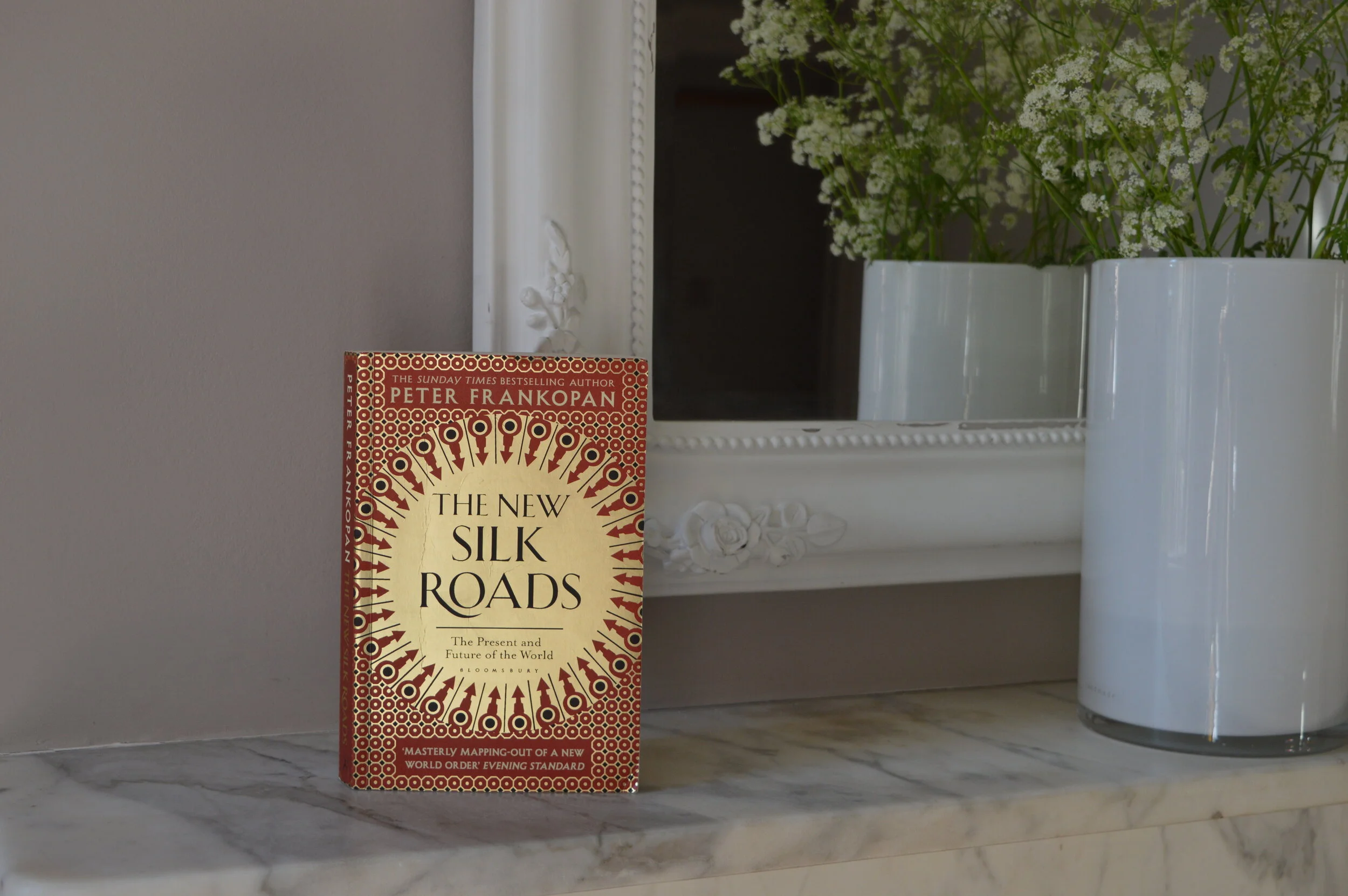The New Silk Roads
“The decisions being made in today’s world that really matter are not being made in Paris, London, Berlin or Rome- as they were a hundred years ago- but in Beijing and Moscow, in Tehran and Riyadh, in Delhi and Islamabad, in Kabul and in Taliban-controlled areas of Afghanistan, in Ankara, Damascus and Jerusalem. The world’s past has been shaped by what happens along the Silk Roads; so too will its future.” (p.7)
June 2020
Overall verdict: ★ ★ ★ ★
To buy this book, click here.
Why this book?
The sub-heading sets the scene: this is a book that discusses the present whilst looking ahead to the future. How will current global patterns of power change? Has Western domination already ended? What will China’s influence look like in 2050 and beyond?
As I’ve said in a previous review, I don’t think a week goes by where I don’t mention China and its 21st century rise in my teaching or geography. Yet it can be hard to develop and maintain up to date subject knowledge in this area. Whilst the internet is awash with information about the Belt And Road Initiative it can be hard to get to the core of what it is and why it’s so significant. This is the main strength of this book; without assuming any background knowledge it discusses contemporary affairs in an accessible depth.
For students:
Perhaps you’re interested in finding out more about the Belt And Road Initiative but find the internet sources overwhelming in their information- often incredibly jargon-laden. Perhaps you have long thought that the global economic centre of gravity is returning to Asia and want to read more about why and how this change is occurring. Or, perhaps, you disagree and want to challenge your thinking. Whatever your reason for wanting to find out more about what the future might hold, this book will get you thinking.
Of course, as I write this review in June 2020, there is another global event to account for: the Covid19 pandemic. It was incredibly interesting to reread this book as the geopolitical implications of the pandemic unfold: what will change as a result? Will this hasten the demise of the West as Frankopan predicts? We’ll have to wait and see!
If you’re interested in reading this book, I would recommend reading Prisoners of Geography first and then this text. In many ways, this book is an update of Prisoners of Geography but it also has a more refined focus, meaning it will further help develop your knowledge.
For teachers:
This book is perhaps most beneficial to A-Level teachers and the development of subject knowledge linked to the globalisation and superpowers topics. Published in 2018, when the world’s focus was on Brexit and Trump’s leadership, it allows you to see how these two events in particular have changed the global geopolitical landscape. It is particularly useful for information about the Belt and Road Initiative; the jargon-free language of the book means that much of it could be used directly in the classroom as a teaching resource.
The notes I took when reading this book extend across three full pages so below are my top five quotes:
“We are living in the Asian century already, a time when the movement of global GDP from the developed economies of the west to those of the east is taking place on an astonishing scale- and at astonishing speed.” (p.14)
“Judging from World Bank and OECD data, not one of the 10 fastest growing economies of 2017 is located in the western hemisphere, nor has one been for the last decade.” (p.35)
“China had learned from its own experiences that building roads, train lines, energy plants and creating the ecosystem to enable cities to grow does more than just accelerate commercial exchange; it helps lift people out of poverty.” (p.93)
“The new Silk Roads are an integral part not only of China’s economic and foreign policy, they are an integral part of how China sees the world- and how it is preparing for the future.” (p.150)
“Compared with the Silk Roads and Asia, Europe is not so much moving at a different speed as in a different direction. Where the story in Asia is about increasing connections, improving collaboration and deepening cooperation, in Europe the story is about separation, the re-erection of barriers and ‘taking back control’. Brexit provides a good example of this, but so do rising anti-EU movements in Italy, Germany, Poland, Hungary and elsewhere- and the support by hundreds of thousands of people for independence in Scotland and Catalonia.” (p.222)
To buy this book, click here.
